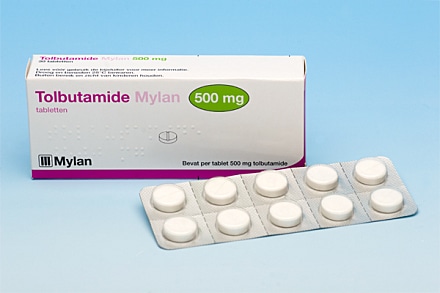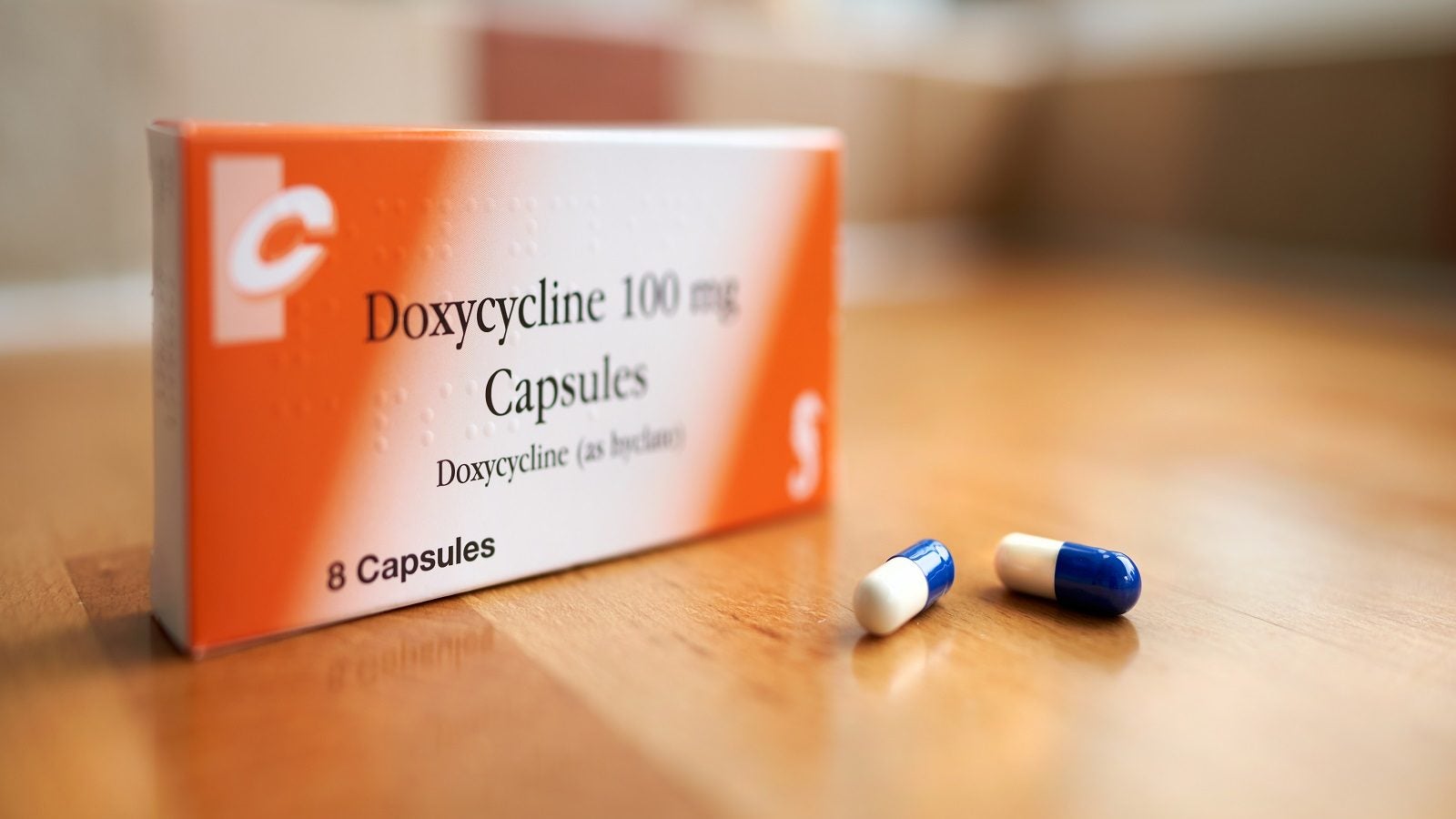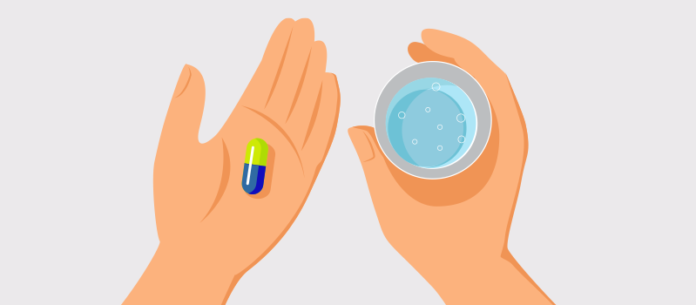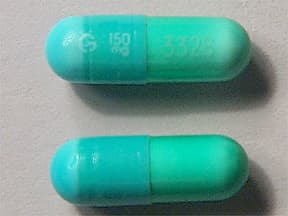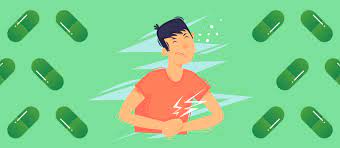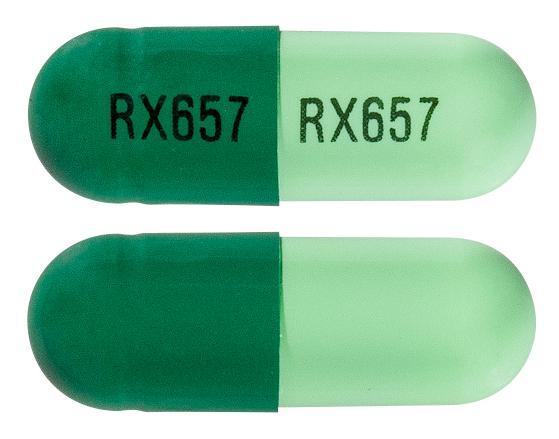Tolbutamide is an oral antidiabetic medication belonging to the class of drugs known as sulfonylureas. It is used to help manage type 2 diabetes by helping to lower blood sugar levels. Here’s information about its uses, benefits, common symptoms, and potential side effects: Tolbutamide Tablet Uses Benefits and Symptoms Side Effects

Uses and Benefits of Tolbutamide:
- Type 2 Diabetes: Tolbutamide is primarily used to treat type 2 diabetes, a condition characterized by high blood sugar levels resulting from insulin resistance or insufficient insulin production by the body. It helps stimulate the pancreas to release more insulin, which helps lower blood sugar levels.
Common Symptoms and Side Effects of Tolbutamide:
- Hypoglycemia: One of the main risks associated with tolbutamide is low blood sugar levels (hypoglycemia). Symptoms of hypoglycemia can include sweating, shaking, dizziness, hunger, confusion, headache, or irritability. It’s important to monitor blood sugar levels regularly, follow a balanced diet, and adhere to the prescribed dosage to minimize the risk of hypoglycemia.
- Gastrointestinal Symptoms: Tolbutamide can cause gastrointestinal symptoms such as nausea, vomiting, diarrhea, or stomach upset.
- Allergic Reactions: In rare cases, tolbutamide can cause allergic reactions characterized by symptoms such as skin rash, itching, swelling, or difficulty breathing. Seek immediate medical attention if you experience any signs of an allergic reaction.
- Weight Gain: Some individuals may experience weight gain while taking tolbutamide.
- Skin Sensitivity: Tolbutamide can increase skin sensitivity to sunlight, making it important to protect your skin from direct sunlight and use sunscreen.
It’s important to take
tolbutamide as prescribed by your healthcare professional and follow the recommended dosage instructions. Regular monitoring of blood sugar levels is necessary to ensure the effectiveness of the medication and to adjust the dosage if needed.
Inform your healthcare
provider about any pre-existing medical conditions, medications, or supplements you are taking to ensure the appropriate use of tolbutamide. If you have any concerns or experience troubling side effects while taking tolbutamide, consult with your healthcare provider for further evaluation and guidance. They can provide personalized advice based on your specific medical history and condition.
Tolbutamide Tablet Uses Benefits and Symptoms Side Effects Tolbutamide Tablet in hindi Tolbutamide Tablet in hindi

